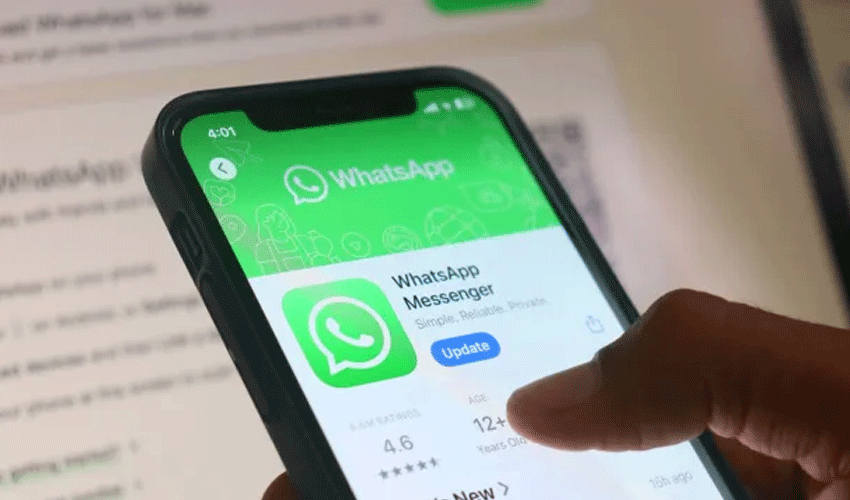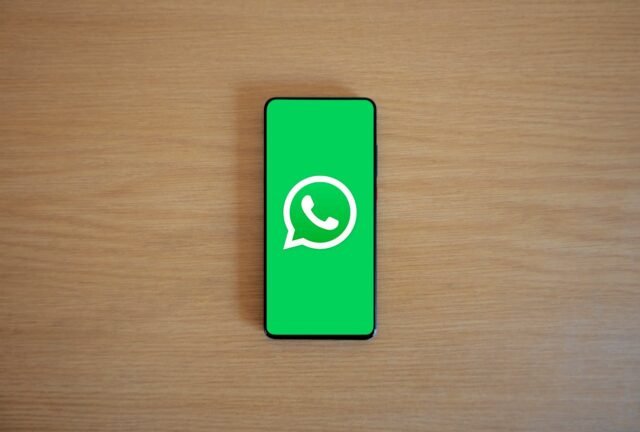Meta is ushering in a major transformation for WhatsApp, introducing its first large-scale monetisation push since acquiring the platform in 2014. After years of resisting ads and embracing an ad-free stance, WhatsApp has now unveiled a series of revenue-generating features centred on its “Updates” tab—formerly the Status screen—turbocharging both business engagement and advertising on its platform.
Leading the charge are three initiatives:
- Targeted advertising in the “Updates” tab, based on minimal data like location, language, and ad interactions, while preserving privacy by keeping chats encrypted and off-limits
- Paid channel subscriptions, enabling users to pay for exclusive updates from creators, brands, or public figures.
- Promoted Channels, where businesses pay to amplify channel visibility within WhatsApp’s directory.
Meta projects that these steps could yield over $10 billion in annual ad revenue by 2028. By making these moves, Mark Zuckerberg’s team hopes to emulate the success of Facebook and Instagram in turning WhatsApp into a new, multifunctional commercial pillar.

Why Now and What It Means for You
A Strategic Shift
WhatsApp, with more than 3 billion monthly users and 1.5 billion daily users browsing the Updates tab, represents an untapped commercial juggernaut. Against slowing ad revenues on Meta’s existing platforms, WhatsApp became a prime candidate for monetisation. The Updates tab offers a natural home for non-intrusive ads—separate from personal chats—to draw revenue without compromising encryption or user trust.
Preserving Privacy—Mostly
eta has emphasised that private chats will stay end-to-end encrypted and ad-free. Ads will rely only on basic targeting cues—such as user location, language preference, and activity on the Updates tab—and will not access private message contents. Cross-platform targeting data from Facebook or Instagram would be used only with explicit consent via an integrated Ad Preferences Centre.”
Despite these assurances, critics say the move undermines WhatsApp’s privacy-first identity. Privacy advocates—including EPIC and the EFF—warn that even minimal data use could erode trust and open the door to deeper monetisation. Many users, particularly in the US and UK, worry that introducing ads—even limited to Updates—breaks WhatsApp’s core promise.
Global Rollout and Stage Setting
The advertising feature went live starting June 16, 2025, initially in select regions and is expected to roll out globally in the coming months. In parallel, channel subscriptions and promoted channels have been piloted in markets like Brazil, India, and Spain, where multi-purpose use of WhatsApp is well established.
In India, the strategy aligns closely with WhatsApp’s flourishing in-app economy through click‑to‑message ads and Business API tools. These originally generated nearly $1.5 billion annually and are scaling with updates to pricing models and payment features.
Business Messaging Gets Smarter—and Costlier
Beyond advertising, Meta is revising its WhatsApp Business Platform fees, particularly for API-based communications. Here’s what’s changing in 2025:
- November 1, 2024: Free unlimited “service” conversations initiated by customers during the 24-hour support window—removing the prior 1,000-conversation cap.
- April 1, 2025: Utility templates (e.g., order updates, appointment reminders) are free within the customer service window, but will incur charges if sent outside it.
- July 1, 2025: Per-message billing replaces bundle-based pricing—marketing, authentication, and utility templates will each incur individual fees, though free tiers remain within service windows.
- February 1, 2025: Expanded authentication messaging rates apply in seven additional international markets—including Nigeria—reflecting a more regionally aligned pricing strategy.
Meta justifies the shift by saying the new pricing is “simpler… consistent with industry practices, encourages higher-quality messaging experiences, and better aligns with value… ”. Essentially, messaging is now more granular, predictable, and tied to real value for businesses, but companies must realign their workflows to leverage it efficiently.

How Stakeholders Are Reacting
Users
Reactions are mixed. While some remain indifferent—seeing updates as a modest change—others are vocally upset:
“Dumbest idea ever,” reads one Reddit comment, echoing a common sentiment among users considering migrating to Telegram or Signal.
Privacy-conscious users, especially in Western regions, are wary. Yet, in markets where business chat and updates are integral—such as India, Brazil, and parts of Africa—there’s more tolerance, with users focusing on convenience over privacy fears.
Businesses
Brands are embracing access to a massive, permission-based audience. Paid channels and promoted listings offer new outreach possibilities, while the Business API’s upgraded pricing model allows fine-grained cost control. Analysts estimate:
If WhatsApp generates around $6 per active user and daily Update-browsers reach 1.7 billion, ad revenue alone could hit $10.2 billion annually—boosting operating income by around $5 billion by 2028.
Regulators & Competitors
Privacy watchdogs, especially in Europe, continue to scrutinise Meta’s data practices. With an active FTC antitrust suit citing cross-platform dominance, WhatsApp’s transition into ads may intensify regulatory examination.
Alternatives like Signal are highlighting privacy, launching campaigns, and positioning themselves as WhatsApp refugees. But WhatsApp’s reach—spanning private messaging, payments, business tools, and now content monetisation—makes user migration difficult.
The Path Ahead: What to Watch
- Ad Expansion: Starting in Updates, ads may gradually spread to new areas (e.g., channel likes, sponsored group adds), though Meta claims chats will remain protected.
- User Churn: Privacy-focused users may migrate, but unless that trend grows substantially, monetisation could still come out ahead financially.
- Regulatory Pushback: Future EU or U.S. investigations may curb ad targeting—even modest—or require clearer user consent mechanisms.
- Pricing Evolution: Business messaging fees may continue adjusting based on global cost structures and volume usage.
Final Take
WhatsApp’s monetisation marks a watershed moment—from a messaging app committed to privacy to a multi-revenue platform with advertising, subscriptions, and business-oriented fees. Users should expect ads in Updates, more paid content channels, and granular business messaging costs. The promise: deeper features and stronger infrastructure. The risk: trust erosion and regulatory backlash.
If you’re a user, your messaging remains ad-free, but Updates will feel more commercial. If you’re a creator or business, new monetisation and promotional tools are becoming available—but keeping budgets under control demands careful attention to the new per-message pricing model, especially during service windows.
In short, WhatsApp monetisation is real, evolving fast, and whether it’s a help or hindrance depends on who you are and where you stand on privacy, convenience, and business outreach.
Join Our Social Media Channels:
WhatsApp: NaijaEyes
Facebook: NaijaEyes
Twitter: NaijaEyes
Instagram: NaijaEyes
TikTok: NaijaEyes








































